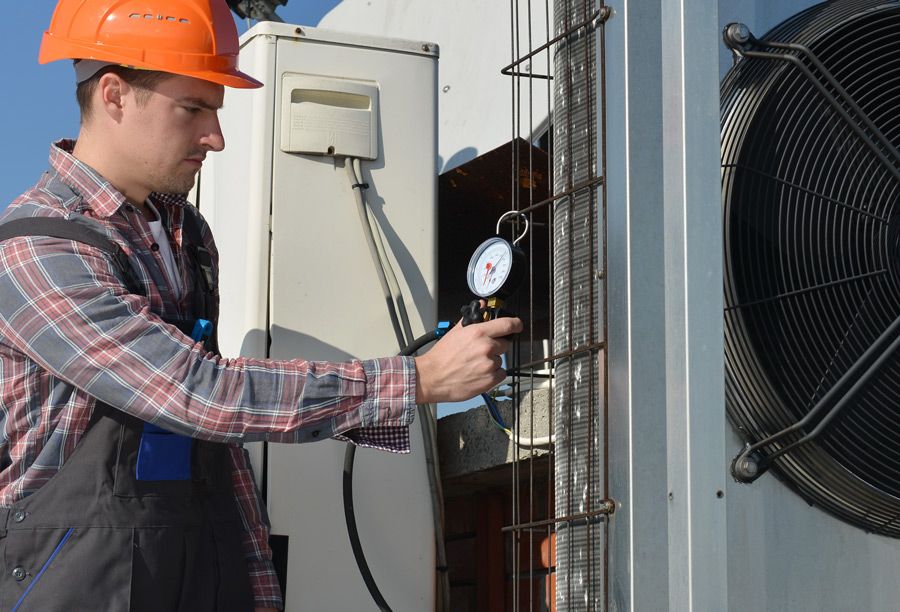In the dynamic landscape of modern aerospace security, the emergence of unmanned aerial systems UAS, colloquially known as drones, has posed unprecedented challenges. These versatile and accessible devices have not only revolutionized industries but also raised concerns regarding their potential misuse for malicious purposes. Consequently, aerospace counter-UAS red teaming has become a crucial endeavor in proactively identifying, assessing, and mitigating potential threats. Red teaming, within the context of aerospace security, involves the simulation of adversarial tactics, techniques, and procedures TTPs to evaluate the effectiveness of existing defense mechanisms. It is a proactive approach aimed at staying ahead of adversaries by understanding their capabilities and exploiting vulnerabilities before they can be exploited by malicious actors. One of the primary objectives of counter-UAS red teaming is to assess the vulnerabilities of critical aerospace infrastructure, including airports, military installations, and government facilities, to potential drone threats. This assessment involves various phases, starting from intelligence gathering to scenario development and execution.
Through meticulous planning and simulation exercises, red teams simulate real-world threats to evaluate the response capabilities of security personnel and the effectiveness of deployed countermeasures. Intelligence gathering forms the foundation of counter-UAS red teaming, providing crucial insights into the capabilities and intentions of potential adversaries. This involves monitoring open-source intelligence, analyzing historical data, and understanding emerging trends in UAS technology and tactics and contact aevex for custom aerospace drone defense systems. By staying informed about the evolving landscape of drone threats, red teams can tailor their simulations to replicate realistic scenarios, ensuring the validity and relevance of their assessments. Scenario development is another critical aspect of counter-UAS red teaming, where red teams design and execute simulated drone attacks to test the responsiveness of defense systems and personnel. These scenarios may range from lone-wolf drone incursions to coordinated swarm attacks, each presenting unique challenges for detection, tracking, and neutralization. By incorporating a diverse range of threat scenarios, red teams can evaluate the robustness of defense strategies across various operational environments and threat profiles.
During the execution phase, red teams deploy simulated drone threats in controlled environments, closely monitoring the response of security personnel and the efficacy of countermeasures. This hands-on approach allows for real-time observation and assessment of defense systems, identifying potential weaknesses and areas for improvement. By analyzing the outcomes of simulated attacks, red teams can provide actionable recommendations to enhance the resilience of aerospace security infrastructure against UAS threats. Furthermore, counter-UAS red teaming involves collaboration among multiple stakeholders, including government agencies, industry partners, and security experts. By leveraging the collective expertise and resources of diverse organizations, red teams can enhance the effectiveness of their assessments and develop comprehensive strategies to mitigate evolving UAS threats. Additionally, information sharing and collaboration facilitate the dissemination of best practices and lessons learned, fostering a culture of continuous improvement in aerospace security. As UAS technology continues to evolve, ongoing red teaming efforts will remain essential in staying ahead of adversaries and ensuring the security of airspace around the globe.



